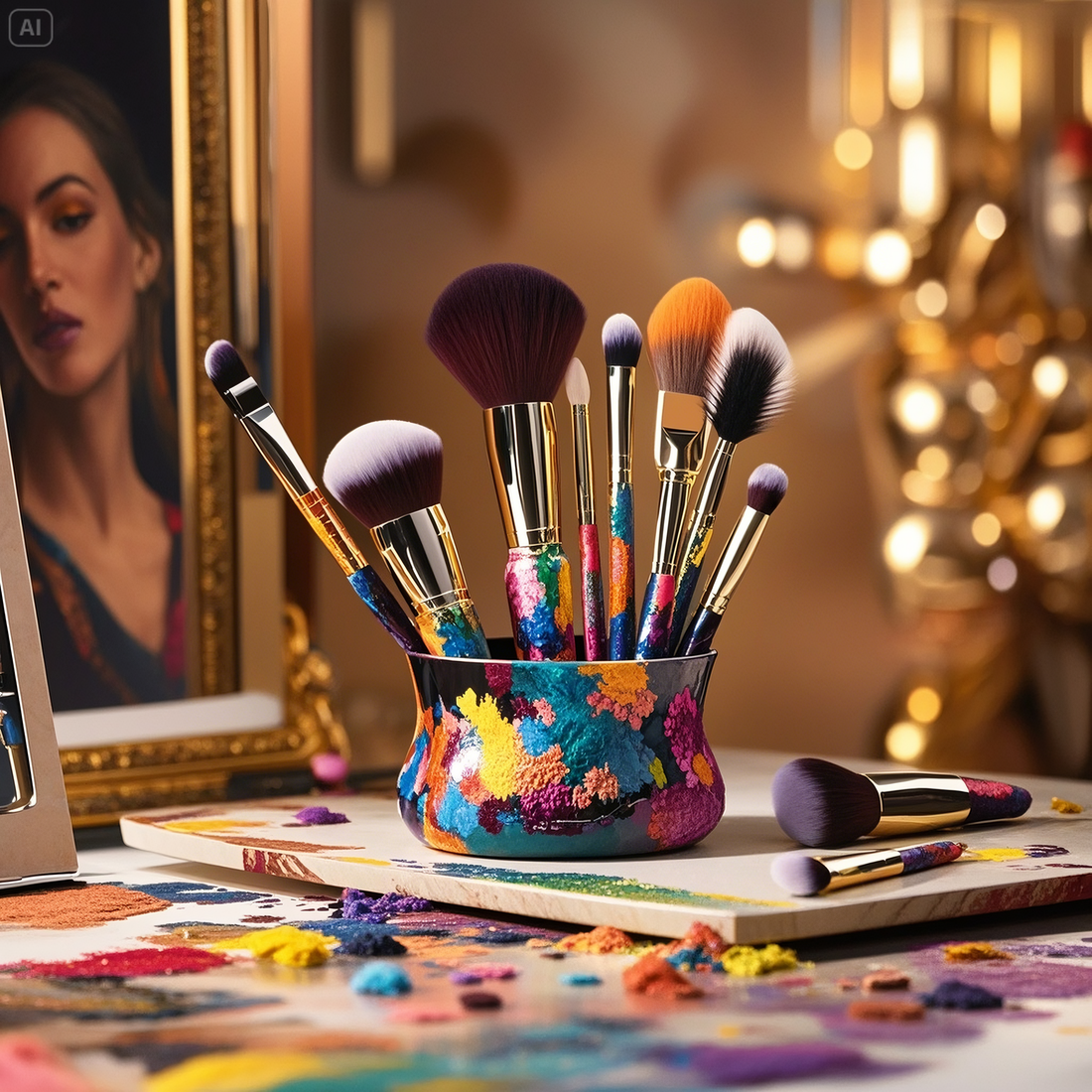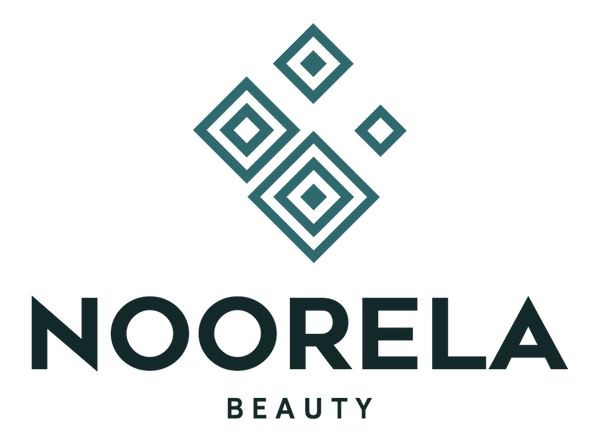
IS YOUR MAKEUP BRUSH RUINING YOUR SKIN?
When flawless skin seems out of reach despite your meticulous skincare routine, the culprit might not be your products—it could be your makeup brushes. Unclean or low-quality brushes are a breeding ground for bacteria, dead skin cells, and product residue, leading to breakouts, irritation, and even infections. Here’s how your brushes could be sabotaging your skin and actionable steps to protect your complexion.
1. The Dirty Truth: Bacteria and Skin Damage
Makeup brushes and tools, when left unwashed, accumulate a cocktail of harmful microbes. Studies show that sponges and brushes can harbor up to 4–5 times more bacteria than a toilet seat after just three days of use16. These microbes disrupt the skin’s microbiome, causing:
- Acne and Breakouts: Bacteria like Cutibacterium acnes thrive in clogged pores, worsening acne.
- Contact Dermatitis: Allergens or irritants trapped in brushes trigger redness, itching, and inflammation.
- Eye Infections: Unclean eye brushes may introduce pathogens like Staphylococcus aureus, leading to styes or conjunctivitis.
Pro Tip: Brushes used with liquid products (e.g., foundation, concealer) pose higher risks due to moisture retention, accelerating bacterial growth.
2. Beyond Bacteria: Material and Design Flaws
Even clean brushes can harm skin if poorly designed:
- Low-Quality Bristles: Stiff, synthetic bristles scratch the skin barrier, causing micro-tears and sensitivity. Natural bristles may retain oils, worsening acne.
- Porous Sponges: Beauty blenders trap pathogens deep within their structure, making them harder to sanitize.
- Chemical Residues: Brushes treated with harsh dyes or adhesives can leach irritants onto the skin.
Key Takeaway: Opt for antibacterial synthetic bristles (e.g., antimicrobial nylon) and non-porous silicone sponges to minimize risks8.
3. How to Save Your Skin: Brush Care
A. Cleaning Frequency
- Daily: Dry-clean powder brushes (e.g., blush, eyeshadow) with translucent powder to remove residue.
- Weekly: Deep-clean liquid product brushes (e.g., foundation, concealer) with gentle soap or brush cleansers.
- Monthly: Replace sponges and inspect brushes for fraying or odor.
B. Proper Cleaning Techniques
- Liquid Brushes: Use lukewarm water and a silicone cleansing mat to gently massage bristles. Avoid soaking handles to prevent glue damage.
- Sponges: Soak in a mix of mild detergent and water, then squeeze until residue-free. Air-dry completely to prevent mold.
- Sanitization: Spray brushes with 70% isopropyl alcohol after washing for extra protection.
C. Storage Tips
Store brushes upright in a ventilated container to avoid moisture buildup.
Keep them away from humid environments like bathrooms. 4. Choosing Skin-Safe Tools: What to Look For
4. Choosing Skin-Safe Tools: What to Look For
When investing in brushes, prioritize:
- Non-Porous Materials: Silicone applicators or sealed wooden handles resist bacterial colonization.
- Hypoallergenic Bristles: Antimicrobial synthetic fibers (e.g., taklon) are ideal for sensitive skin.
- Ergonomic Design: Rounded edges and soft density prevent abrasion, especially for delicate areas like the under-eyes.
Why It Matters: High-quality tools not only protect skin but also enhance makeup application, reducing the need for excessive product layering.
5. When to Toss Your Tools
Even the best brushes have a lifespan:
- Natural Bristles: Replace every 2–3 years due to fiber degradation.
- Synthetic Brushes: Last up to 5 years with proper care.
- Sponges: Discard after 3 months or if discolored/cracked.
 The NOORELA Difference: Brushes Designed for Skin Health
The NOORELA Difference: Brushes Designed for Skin Health
At NOORELA, we engineer tools that prioritize hygiene and performance:
- Antimicrobial Bristles: Infused newest technology to inhibit bacterial growth between washes.
- Seamless Ferrule Design: Prevents product buildup at the brush base, a common contamination hotspot.
- Eco-Friendly Silicone Sponges: Non-porous, dishwasher-safe, and free from latex or dyes.
Final Takeaway
Your makeup brushes should be allies, not enemies, in your skincare journey. By adopting rigorous cleaning habits and investing in high-quality tools, you can prevent breakouts, irritation, and long-term damage. Ready to upgrade your toolkit? Explore NOORELA’s Brush Collection—where innovation meets dermatologist-approved safety.
Keywords: makeup brush hygiene, acne from brushes, how to clean makeup tools, antibacterial makeup brushes, NOORELA skincare tools.
